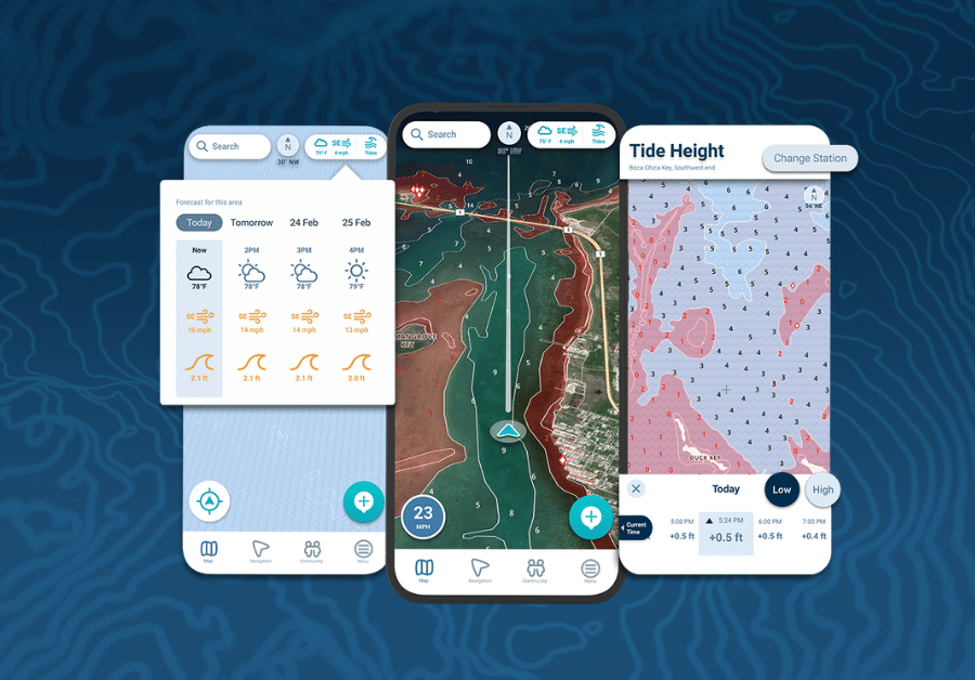If you’re new to boating or considering buying a boat, you might have come across the term “boat draft.” But what exactly is boat draft, and why is it important? In this guide, we’ll break down everything you need to know about boat draft in a simple and practical manner. For further reading on this topic, check out this insightful article on what is boat draft
What is a Boat Draft?
Boat draft refers to the depth of water that a boat requires to float freely. It’s essentially how much of the boat is submerged underwater when it’s afloat. Understanding a boat’s draft is crucial for navigating various water bodies safely, whether you’re cruising along coastal areas, navigating shallow rivers, or docking in marinas.
Imagine you’re planning a boating trip along a river with varying depths. Knowing your boat’s draft allows you to navigate confidently, avoiding running aground or damaging the boat’s hull.

How to Determine Boat Draft
Determining a boat’s draft is relatively straightforward. It’s usually provided by the manufacturer in the boat’s specifications. You can typically find this information in the owner’s manual or on the manufacturer’s website. Alternatively, you can measure it yourself by determining the distance from the waterline to the lowest point of the boat’s hull.
Keep in mind that a boat’s draft can vary depending on factors such as the weight of passengers, cargo, and fuel. So, it’s essential to consider these factors when planning your boating trips, especially if you’ll be navigating shallow waters.
Why Boat Draft Matters
Understanding your boat’s draft is essential for several reasons:
1. Safety:
Navigating in waters that are too shallow for your boat’s draft can pose safety risks, including running aground or damaging the boat’s hull.
2. Efficiency:
Knowing your boat’s draft allows you to plan your routes more efficiently, avoiding areas with insufficient depth and optimizing your fuel consumption.
3. Docking:
When docking your boat, knowing its draft helps you choose the appropriate berth and ensures that you won’t run aground while maneuvering into position.
4. Navigating Channels:
Many waterways have marked channels with specific depth requirements. Understanding your boat’s draft enables you to navigate these channels safely and avoid straying into shallow areas.

Tips for Managing Boat Draft
Here are some practical tips for managing your boat’s draft effectively:
1. Check Water Depths:
Before setting out on your boating adventure, familiarize yourself with the water depths along your planned route. You can use nautical charts or GPS navigation systems to identify shallow areas and plan your course accordingly.
2. Monitor Weight Distribution:
Be mindful of the weight distribution on your boat, as it can affect its draft. Avoid overloading the boat with passengers or cargo, and distribute weight evenly to maintain proper balance.
3. Trim the Boat:
Adjusting the trim of your boat can help reduce its draft by raising the bow or stern slightly. Experiment with trim settings to find the optimal configuration for your boat’s draft and performance.
4. Stay Informed:
Keep yourself updated on local water conditions, including tide levels and currents, as these factors can influence your boat’s draft. Check weather forecasts and tidal charts before heading out to ensure a safe and enjoyable boating experience.
Final Words:
In conclusion, boat draft is a fundamental aspect of boating that every boat owner should understand. By knowing your boat’s draft and how to manage it effectively, you can navigate various water bodies with confidence and safety. Whether you’re cruising along coastal waters or exploring inland rivers, being aware of your boat’s draft will help you enjoy a smooth and hassle-free boating experience.
Additionally, you can explore more resources on boating safety and navigation from organizations like the United States Coast Guard.
Happy boating!
